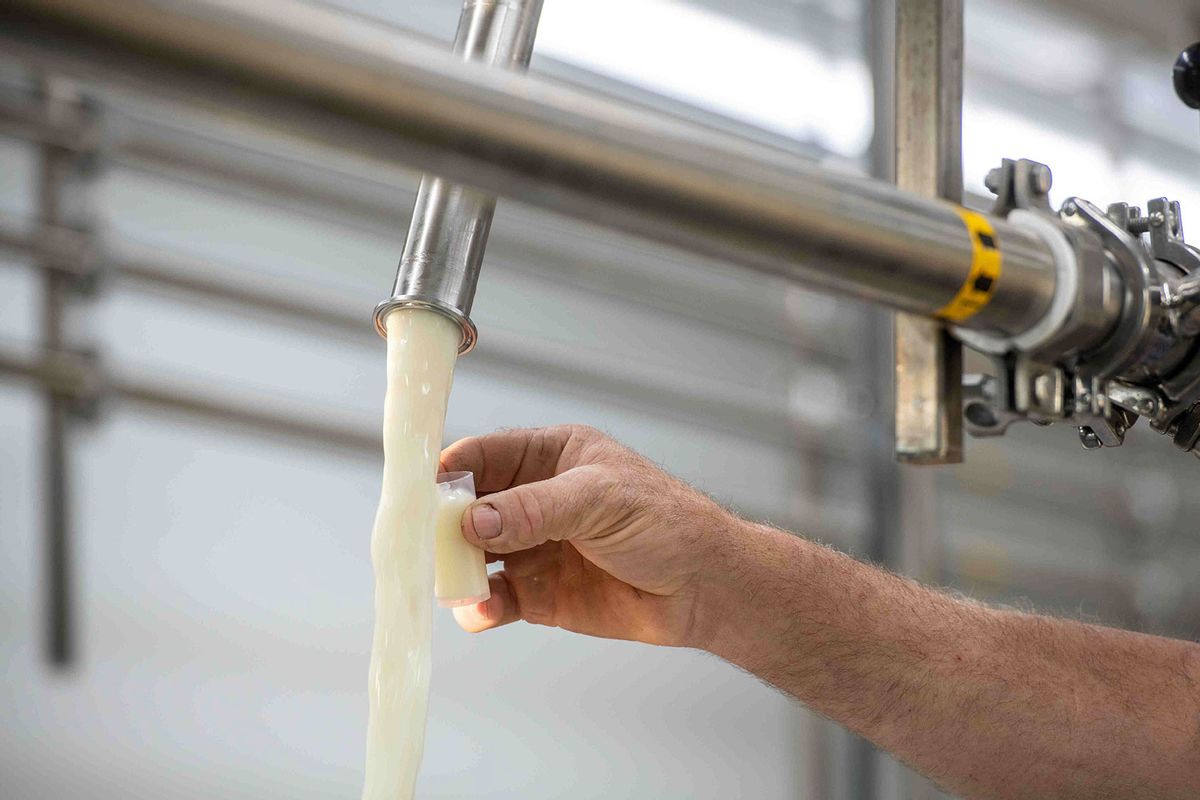Over the weekend, California state health officials warned the public to avoid drinking raw milk from a Fresno-based dairy farm that was being sold in stores. H5N1, the virus driving the current bird flu outbreak, was detected in a retail milk sample.
“No illnesses associated with this lot of raw milk have been reported,” the state department of public health said in a statement. “Out of an abundance of caution, and due to the ongoing spread of bird flu in dairy cows, poultry and sporadic human cases, consumers should not consume any of the affected raw milk.”
As part of the state’s bird flu response, public health officials have been testing retail raw milk to help prevent consumers from getting the virus. Drinking raw milk, or having it splash in a person’s eyes, nose or mouth, can be one way that a person can get infected. Stores are being encouraged to toss Raw Farm products with lot ID #20241109. The company issued a voluntary recall. Though it is currently unknown if someone can contract bird flu from drinking raw milk, the Centers for Disease Control and Prevention reports that 4.4% of U.S. adults consume unpasteurized milk at least once a year.
Since April, public health departments have found bird flu infections in 55 people, with all but two linked to poultry or cattle exposure. More than half of those have been in California and many of those in recent weeks. This month, the state of California also detected a bird flu infection in a child in the Bay Area whom did not have contact with farm animals, leaving unanswered questions regarding sources of exposure. The more cases in humans, the greater the risk of the H5N1 virus mutating to spread more efficiently between people, risking another pandemic like COVID-19.
“The child is recovering from their illness,” the CDC wrote in a release. “An investigation by the California Department of Public Health (CDPH) into the child's possible H5N1 exposure source is ongoing.”



Shares